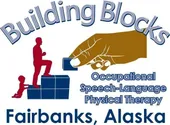Eye-Hand Coordination
Eye-Hand Coordination…
It's more than just sports!
Eye-hand coordination actually begins very early in development when the infant starts reaching. During the first year, coordination continues to progress to tasks like bringing toys and food to the mouth and putting toys in/out of containers.
With age, eye-hand coordination continues to develop with more complicated tasks such as shape sorters, clothing fasteners (buttons, zippers, etc.), using utensils for eating, using writing utensils for coloring and staying inside the lines, and putting together simple puzzles.
Eye-hand coordination can be honed throughout life with continued challenge and practice.
No matter how old your child is or where he/she is in development, eye-hand coordination is always something that can be improved! However, many other areas of development may impact eye-hand coordination, including vision or fine motor/gross motor strength and control.
How can you help your child improve his/her eye-hand coordination at home?
Here are some simple activities that can help develop eye-hand coordination:
Each of these activities can be made very simple and basic for younger children, and then increase the difficulty as your child improves their skills.
- Banging toys such as a xylophone or cause-and-effect toys. This is more than the simple act of banging - to really help with eye-hand coordination, the banging should require some sort of target or accuracy to elicit the effect.
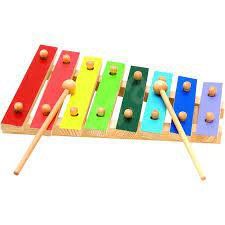
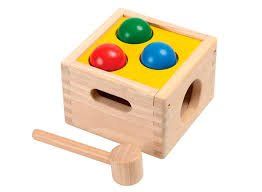
- Pouring games - Using cups or spoons to scoop sand, uncooked rice or beans, or water and pouring the item into a different container
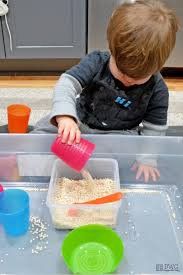
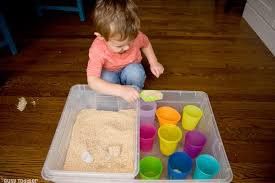
- Shape sorters
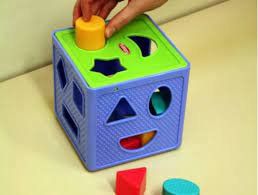
- Puzzles - Large knob puzzles or chunk puzzles are the easiest, then peg puzzles, 2 piece interlocking puzzles, and gradually increasing the number of interlocking pieces.
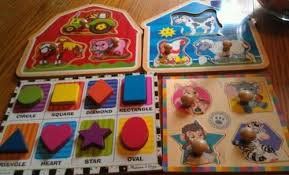
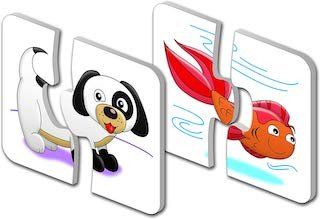
- Dressing and undressing a doll - Larger dolls with larger clothing and fasteners will be easier than small dolls with tiny fasteners.
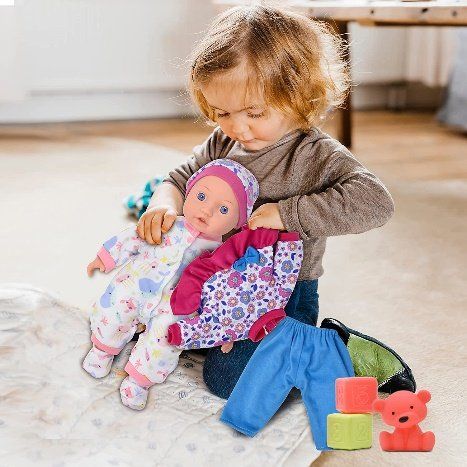
- Bean Bag Toss - Start with the target/bucket close and slowly move it farther away

- Catch bubbles - Catch the bubbles with hands, Catch the bubbles with the wand, Poke the bubbles with one finger
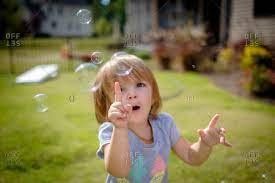
Ball skills: Start with lighter weight balls that require two hands to hold such as 7-9" balls. These medium-sized balls are much easier to start with. Typically, the smaller the ball the more difficult it is to catch. Large balls that require more effort or balance to lift or move can also hinder catching and throwing skills.
- Bouncing balls - bouncing and catching the ball by themselves, bouncing the ball on pictures or colors on the floor, bouncing the ball to someone else
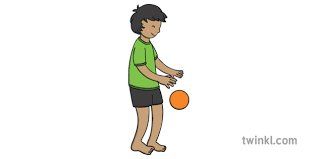
- Rolling or Throwing balls - To another person, into a bucket, or to knock over stacked toys or blocks
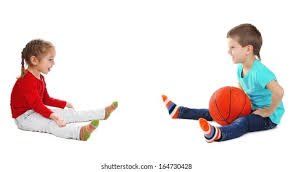
- Catching balls rolled or thrown to them
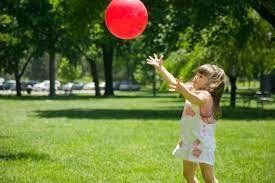
- Throw and catch scarves and balloons - this is an easier way to practice catching because the scarves and balloons move so slow.
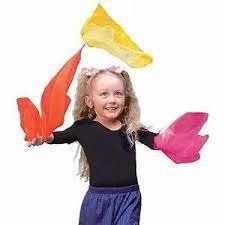
- Beach Ball - This lightweight ball is more difficult to catch than it may seem due to its larger size and the slippery surface
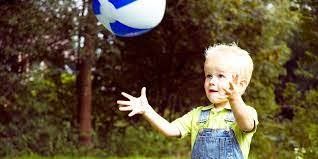
Hitting a balloon or ball with a racquet or bat
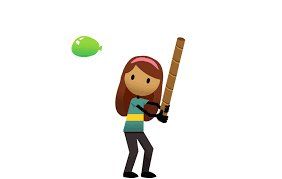

Visual-Motor activities require the eyes and hands to work together and can help develop eye-hand coordination. Some examples of visual-motor activities include the following:
Mr. Potato Head
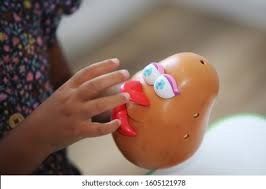
Coloring
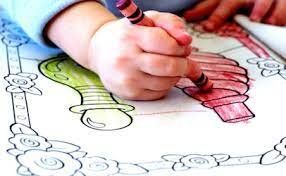
Stringing beads
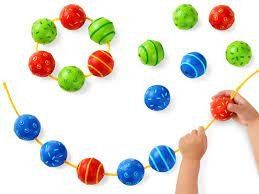
Pop beads
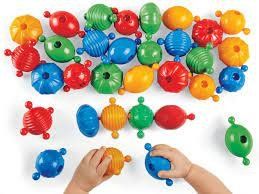
Stacking
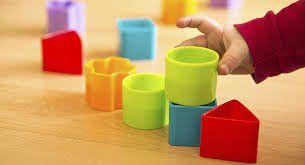
Crafts are another way to help eyes and hands work together. Crafts could include coloring, glueing, cutting, folding, painting, and peeling/placing stickers.
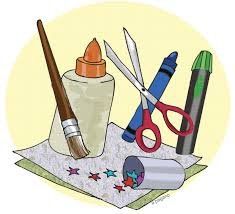
Phone:
(907) 374-4911
| Fax: (907) 374-4934 | Email:
buildingblocksrehab@bbrehabak.com
| Address: 398 Hamilton Ave. Fairbanks, AK 99701
Business Hours: Sat - Sun: Closed
